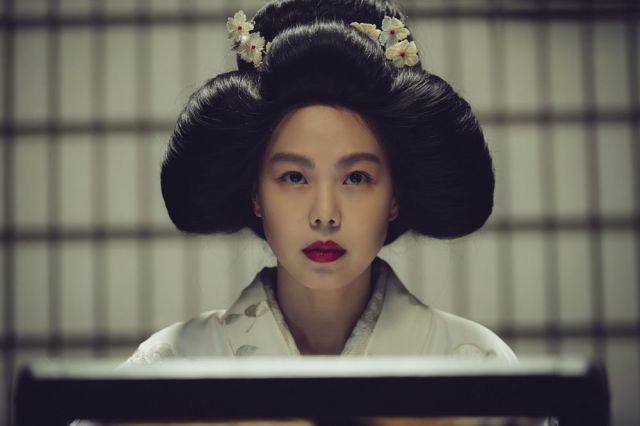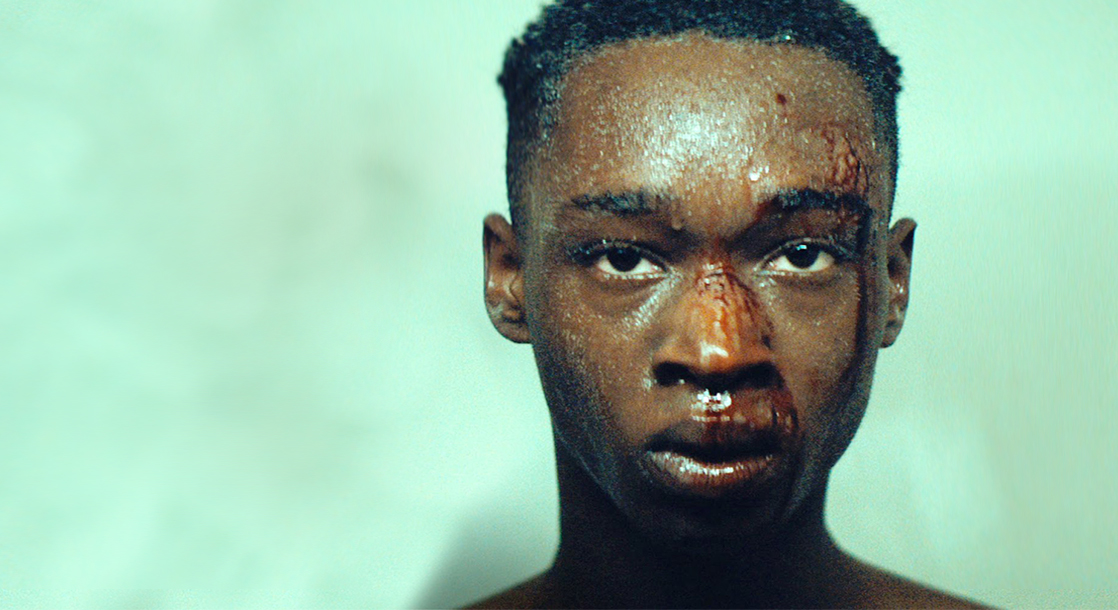This Wednesday, the Union housed a very special exhibit from the University’s Confucius Institute, a display of hand-embroidered Peking Opera Costumes. I have long been interested in Peking Opera, and actually took a Peking Opera performance class for several months while I lived in Beijing. Despite having experience performing Peking opera, and having worn costumes before, I knew very little about the costumes themselves.
 When I first walked in, the exhibition was nearly empty. The present exhibitor leaped at the chance to talk to me, and one of the first things out of her mouth was “do you want to try it on?” I took one look at the shimmering costume, decorated with delicate embroidery and sparkling details, and promptly refused, too afraid to touch the costume, let alone try it on, lest I somehow damage it. I don’t know if the she didn’t hear me, or simply didn’t share my fears, because before I knew it she was expertly shrugging the coat over my arms and placing the headpiece on my head. I hadn’t expected quite how heavy the costume would feel, but it felt like I was being slowly dragged to the ground by its sheer weight. Despite this one fact, it was surprisingly comfortable to wear, if a bit warm. The particular costume was for the titular character in the popular Beijing opera The Drunken Concubine. Below is a video showing off both The Drunken Concubine and the beautiful and iconic costumes used in it.
When I first walked in, the exhibition was nearly empty. The present exhibitor leaped at the chance to talk to me, and one of the first things out of her mouth was “do you want to try it on?” I took one look at the shimmering costume, decorated with delicate embroidery and sparkling details, and promptly refused, too afraid to touch the costume, let alone try it on, lest I somehow damage it. I don’t know if the she didn’t hear me, or simply didn’t share my fears, because before I knew it she was expertly shrugging the coat over my arms and placing the headpiece on my head. I hadn’t expected quite how heavy the costume would feel, but it felt like I was being slowly dragged to the ground by its sheer weight. Despite this one fact, it was surprisingly comfortable to wear, if a bit warm. The particular costume was for the titular character in the popular Beijing opera The Drunken Concubine. Below is a video showing off both The Drunken Concubine and the beautiful and iconic costumes used in it.
https://www.youtube.com/watch?v=pTOtkEIF05A
One of the most stunning elements of all the garments in the room was the hand-sewn embroidery. Featuring popular motifs such as the peony and the phoenix featured below, each design was filled with minute detail and vibrant colors. Sometimes the embroidery had special symbolism. Empresses tended to wear clothing with phoenixes embroidered onto them, whereas Emperors often would wear garments featuring the five-toed dragon.
Another presenter at the exhibit taught me how to flip and twirl a handkerchief, which might be part of an opera production. While the technique looked simple enough, I can say from personal experience that it is far from easy. It would take years, or at least months of practice to be able to flip it as expertly as she did. 
I hope that the Confucius Institute has further such events, as these costumes were too pretty to not be admired on the daily. To keep up with the events going on, check out the Confucius Institute’s official website.






















